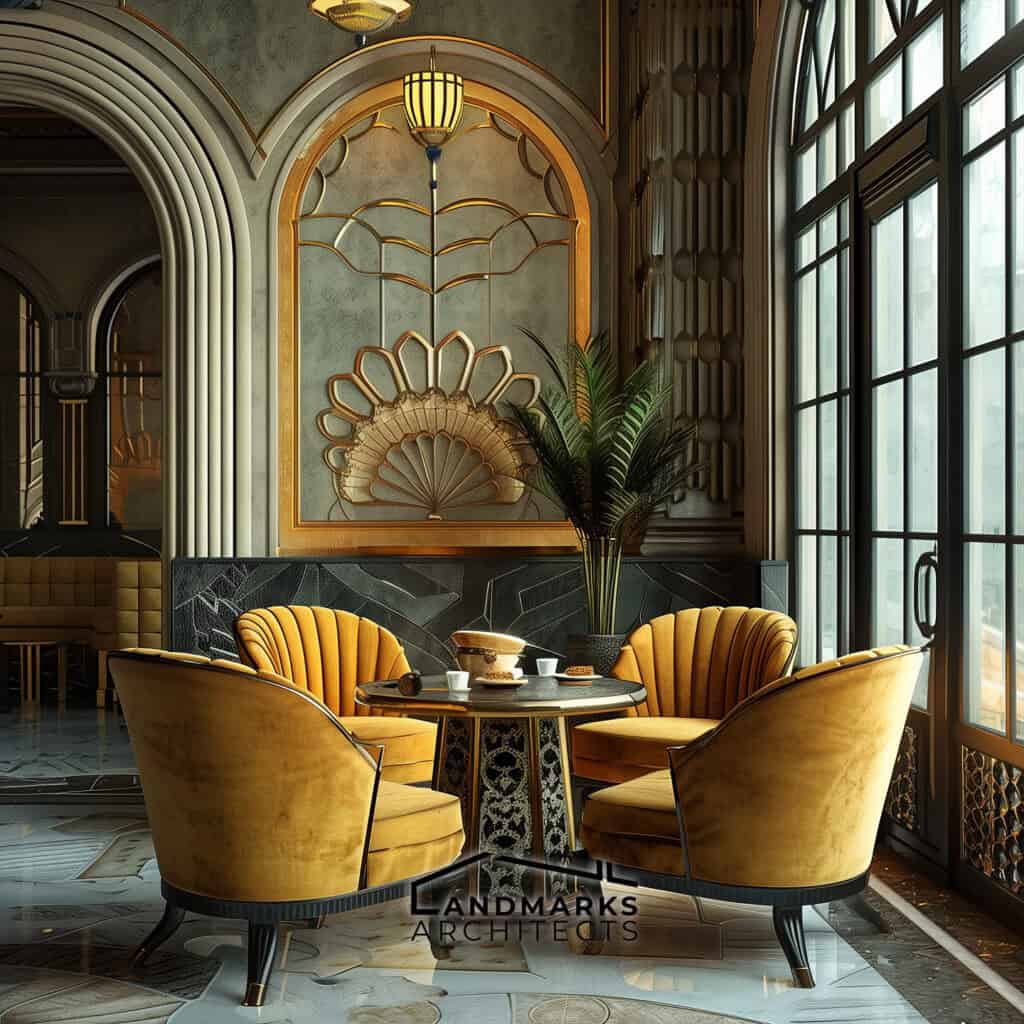
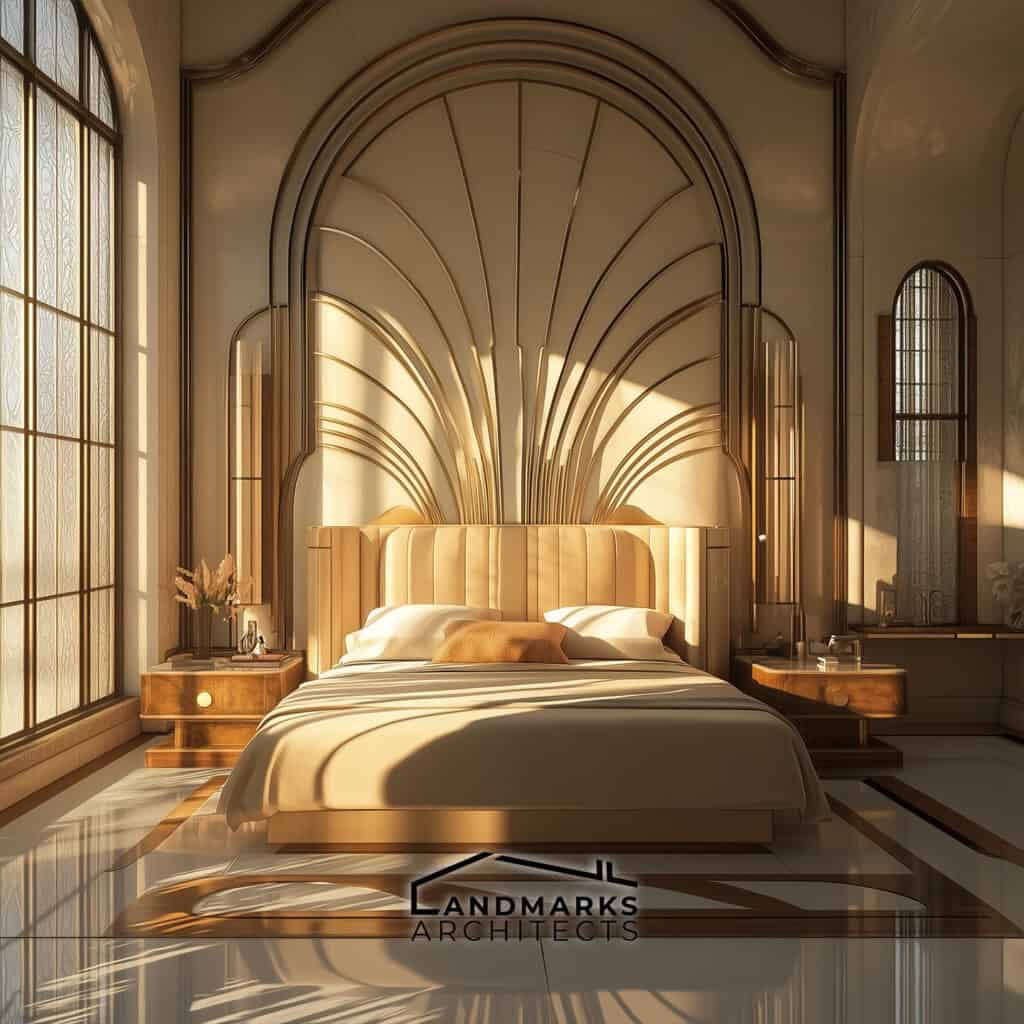
Are you intrigued by the allure of Art Deco and its remarkable impact on architecture?
Art Deco is one of the most captivating types of architectural styles of the 20th century, renowned for its blend of modernism and luxury. At Landmarks Architects, we highlight the elegance and innovation of Art Deco design, showcasing its enduring allure.
In this article, we will explore:
- The key characteristics that define Art Deco architecture
- The historical origins and influences that shaped the Art Deco movement
- Notable examples of Art Deco buildings that exemplify this iconic style
- How Art Deco’s elements have left a lasting legacy in architectural design
Join us as we unravel the essence of Art Deco, revealing how this iconic style transformed the architectural landscape with its unique charm and sophistication.
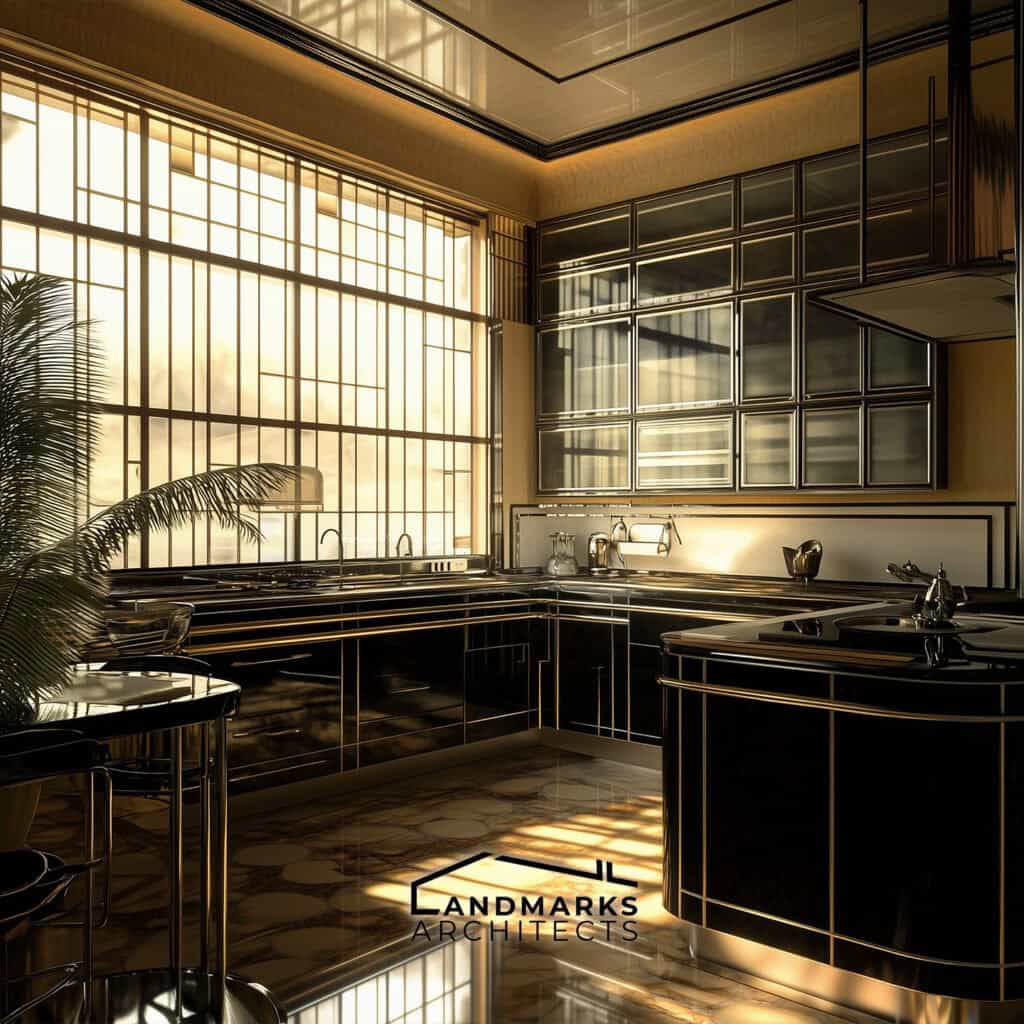
What is the Art Deco Style in Architecture?
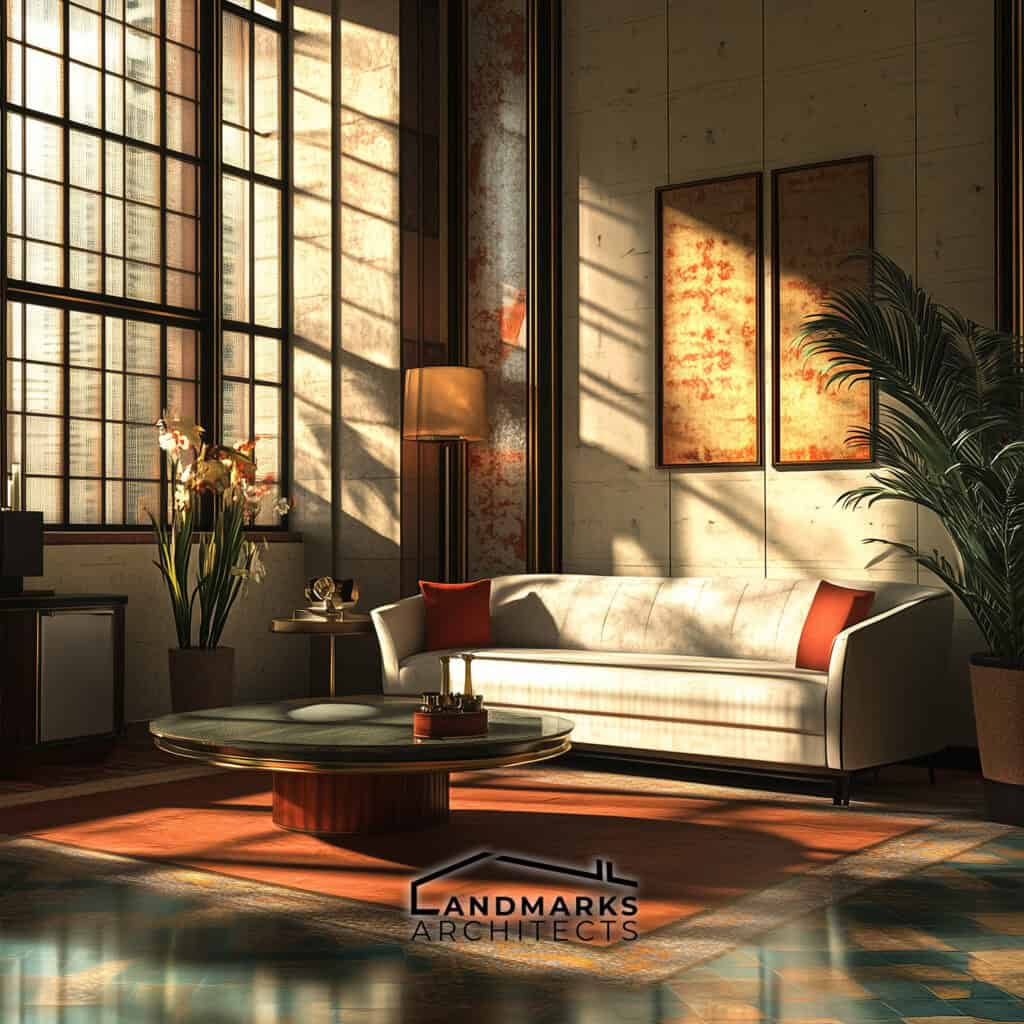
The Art Deco period was a significant era in art and design that emerged in the 1920s and continued to flourish through the 1930s. Renowned for its rich visual aesthetics, this movement combined elements of modernism, geometric forms, and luxurious materials to create its distinctive style.
Art Deco architecture is defined by its distinctive elements, including:
- Bold geometric shapes
- Vibrant colors
- Intricate decorative details
- Streamlined structures
- Emphasis on vertical lines
Art Deco’s influence extends beyond architecture, permeating interior design, graphic arts, and product design. This movement reflects a blend of craft and modernity, showcasing exquisite craftsmanship alongside industrial design principles.
Origins of Art Deco
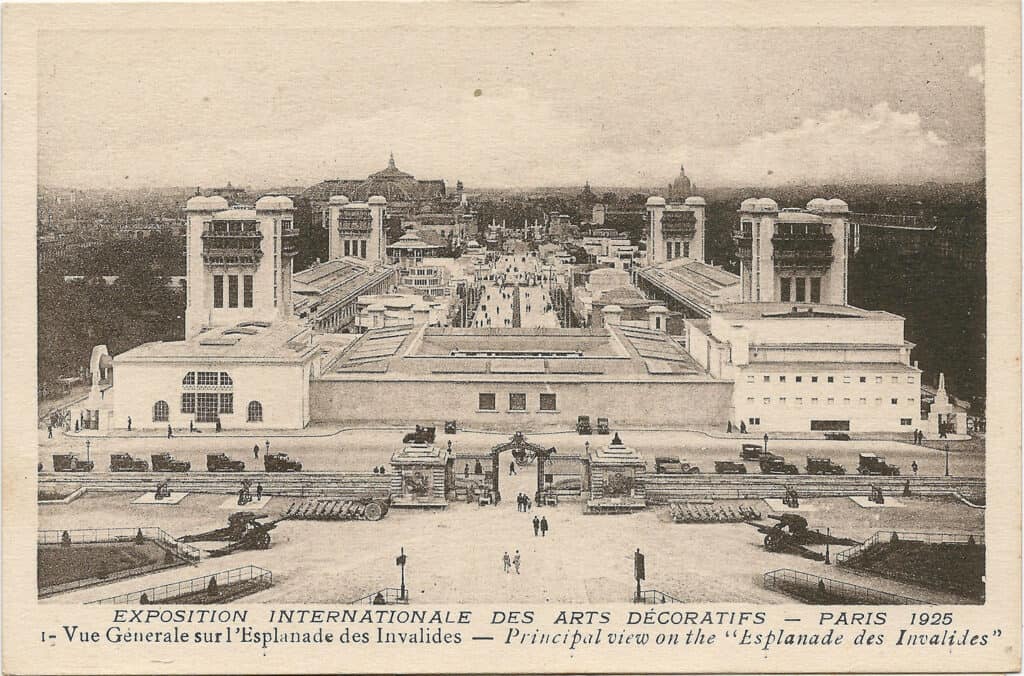
The Art Deco era, which began in the early 20th century, was shaped by various artistic movements and historical events. This style reflects a blend of modernism and decorative arts, characterized by its luxurious materials and geometric forms.
Key influences on Art Deco include:
- Development in the early 20th century.
- Influences from previous styles such as Beaux-Arts and Cubism.
- Role in reflecting social and economic conditions of the time.
- Impact of events like the Great Depression and World War I.
The style took its name from the 1925 Exposition Internationale des Arts Décoratifs et Industriels Modernes held in Paris. The exhibition showcased innovative designs, solidifying Art Deco’s status in the decorative arts.
Art Deco represents a response to the complexities of modern life. This movement signified a departure from the intricate designs of Art Nouveau, embracing simplicity and bold lines.
The 3 Art Deco Architecture Features
1. Visual Elements
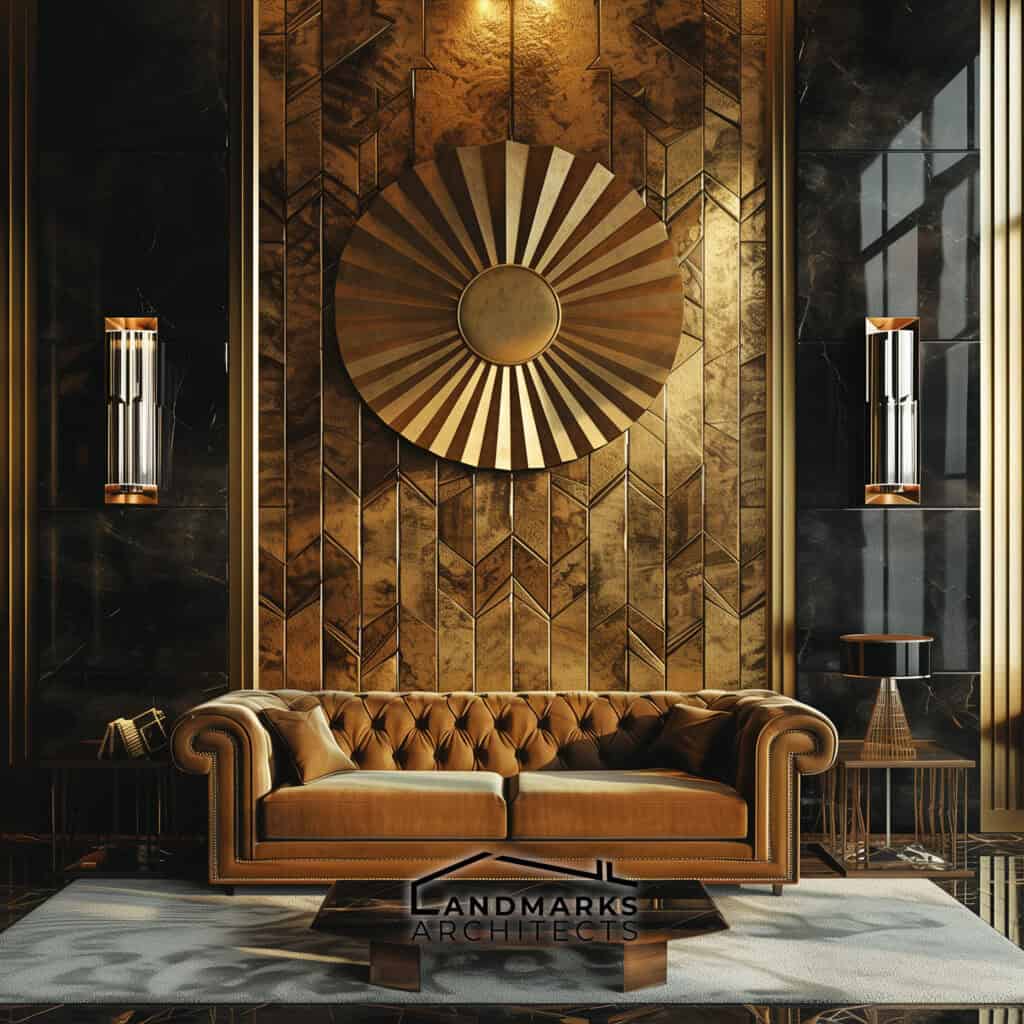
Geometric shapes serve as a hallmark of Art Deco architecture. Designs often feature strong, bold lines and intricate patterns, presenting an abstract yet harmonious aesthetic.
Common motifs include:
- Zigzags
- Chevrons
- Sunbursts
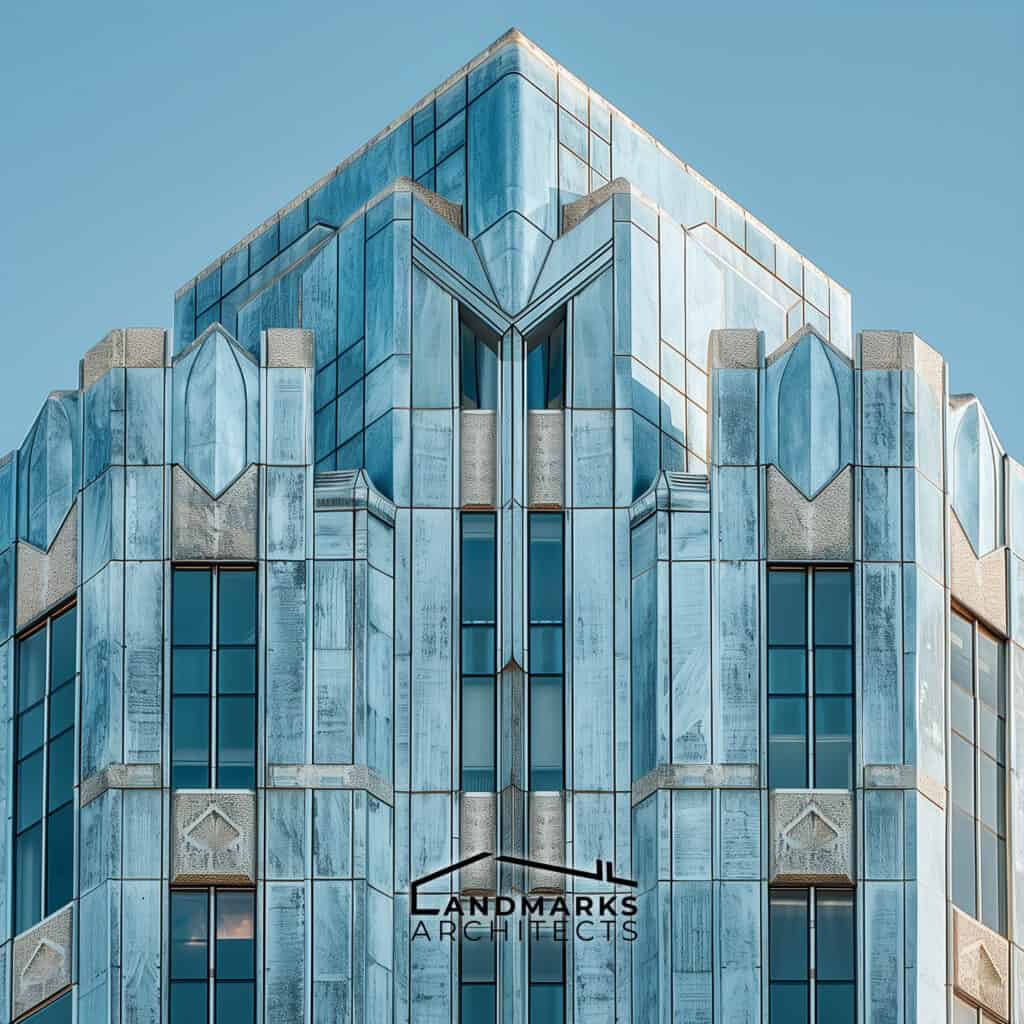
These elements create a sense of movement and dynamism, emphasizing verticality in buildings. Rounded corners soften the strict lines, adding elegance to the overall architectural style.
2. Materials and Techniques
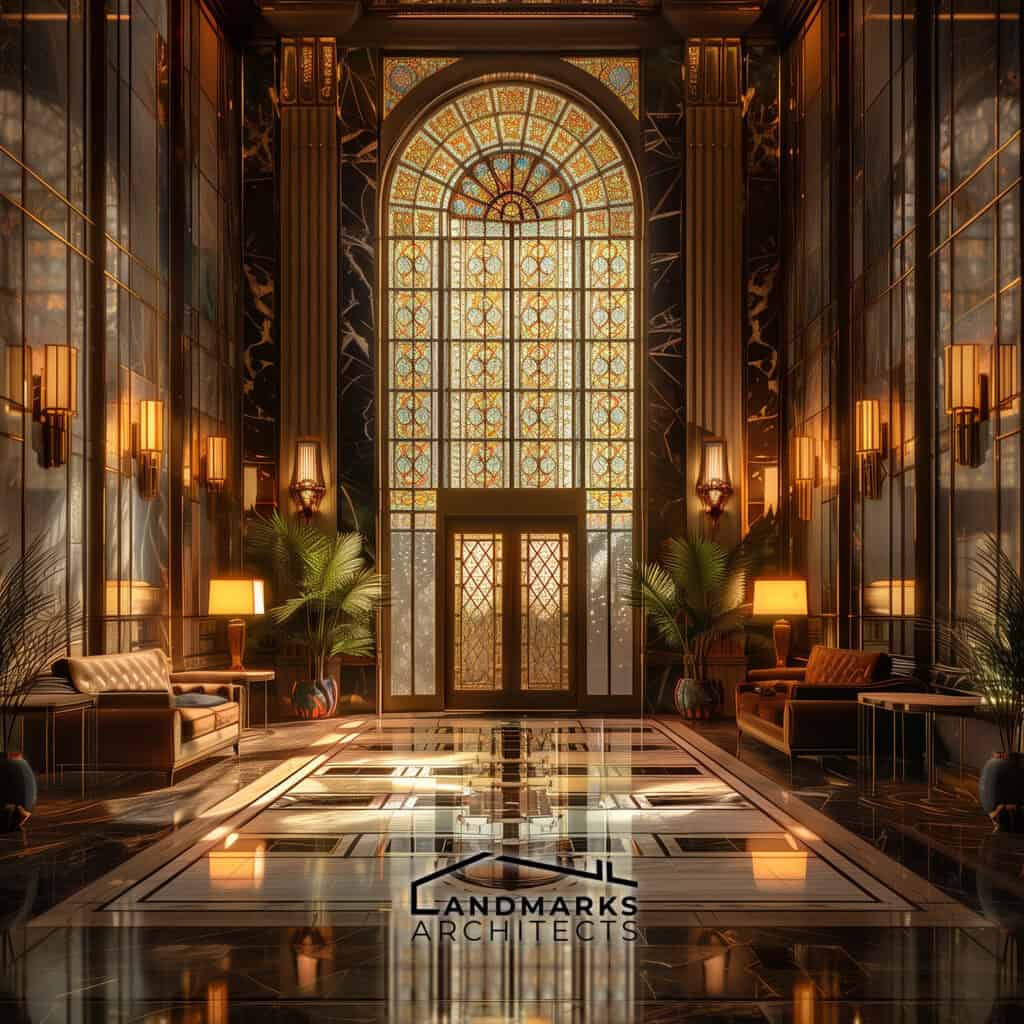
Art Deco architecture employs luxurious materials such as chrome, glass, and reinforced concrete. These materials are often utilized to create stunning facades and interiors in different architectural landmarks.
Prevalent decorative elements include:
- Stained glass windows
- Decorative glass
- Terra cotta
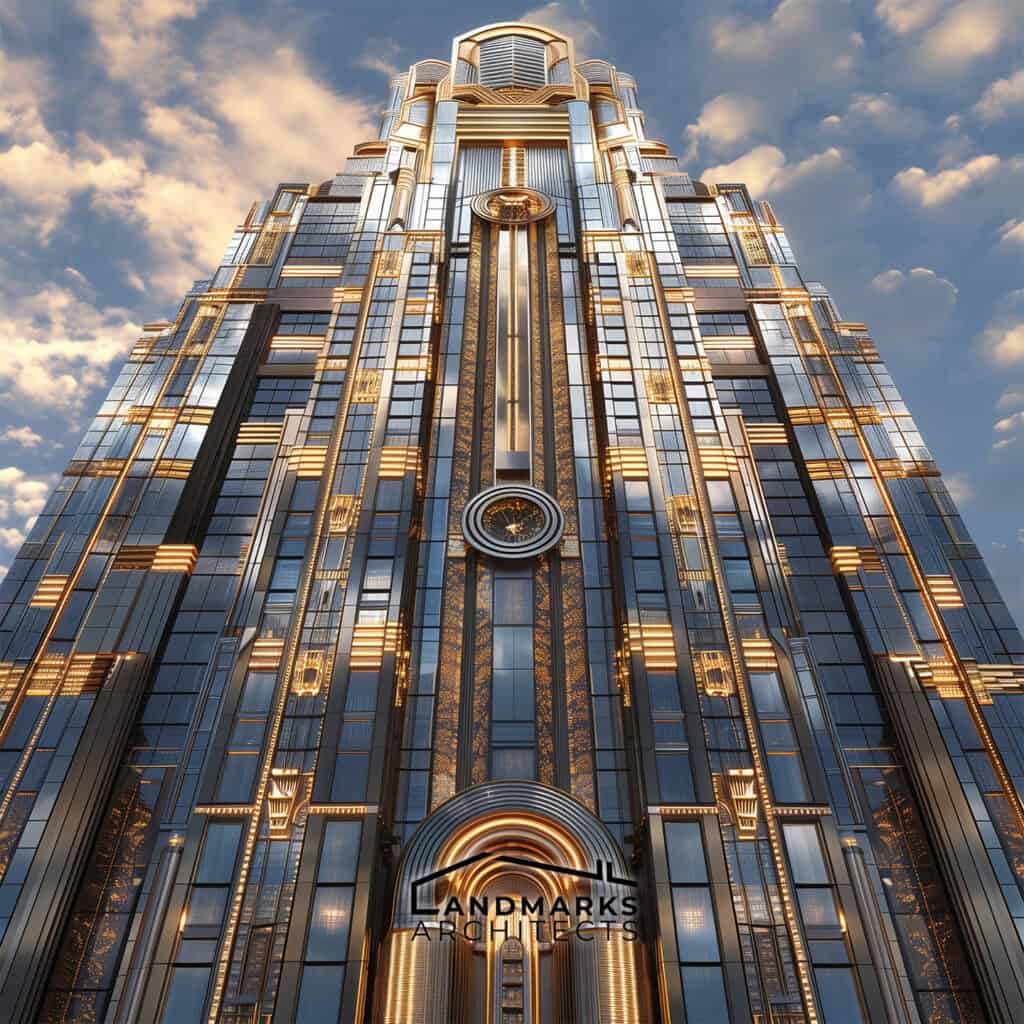
The Art Deco design inspired innovative furniture, graphic design, and fashion, characterized by luxurious materials. This fusion of various art forms cemented Art Deco as a prominent cultural movement.
3. Color and Lighting
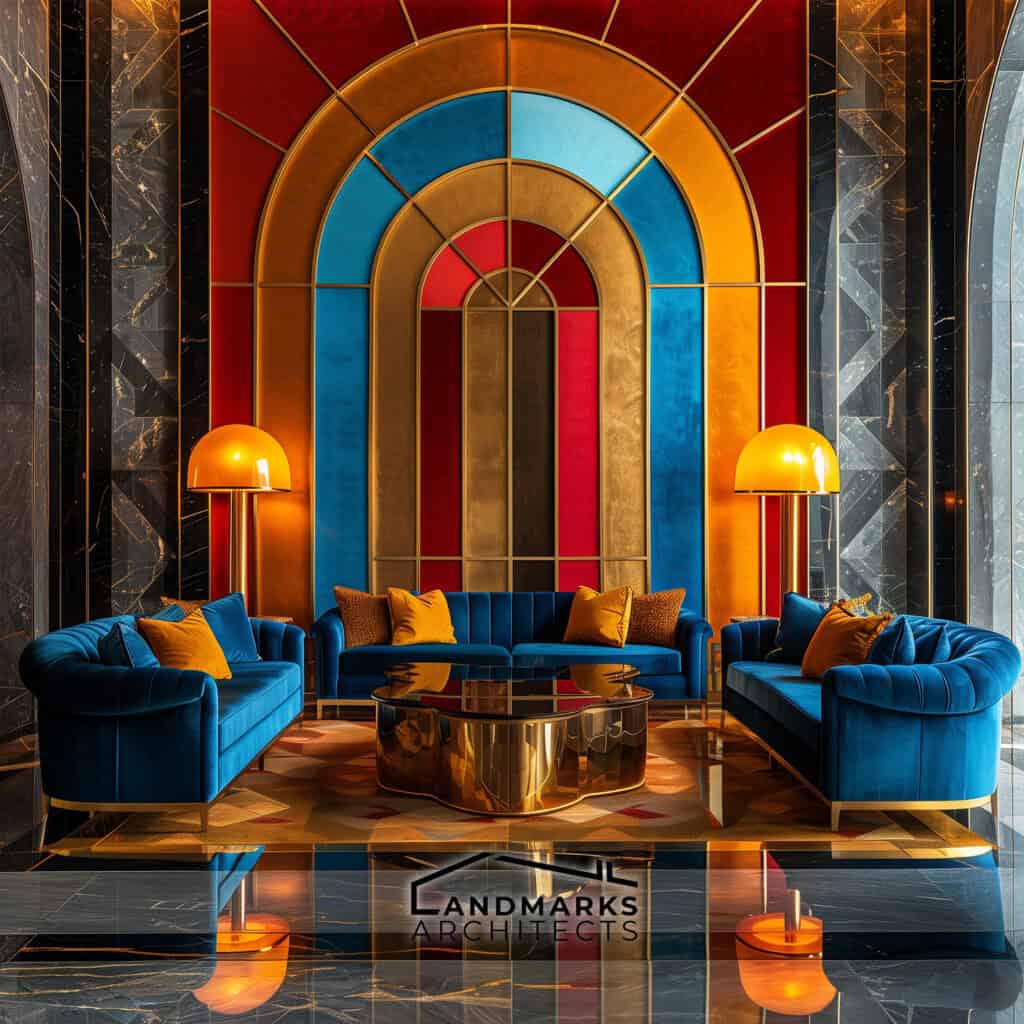
Color plays a significant role in Art Deco architecture, with bright colors creating contrast against the bold designs. Typical color schemes include rich golds, deep blues, and vibrant reds, contributing to the luxurious feel of the structures.
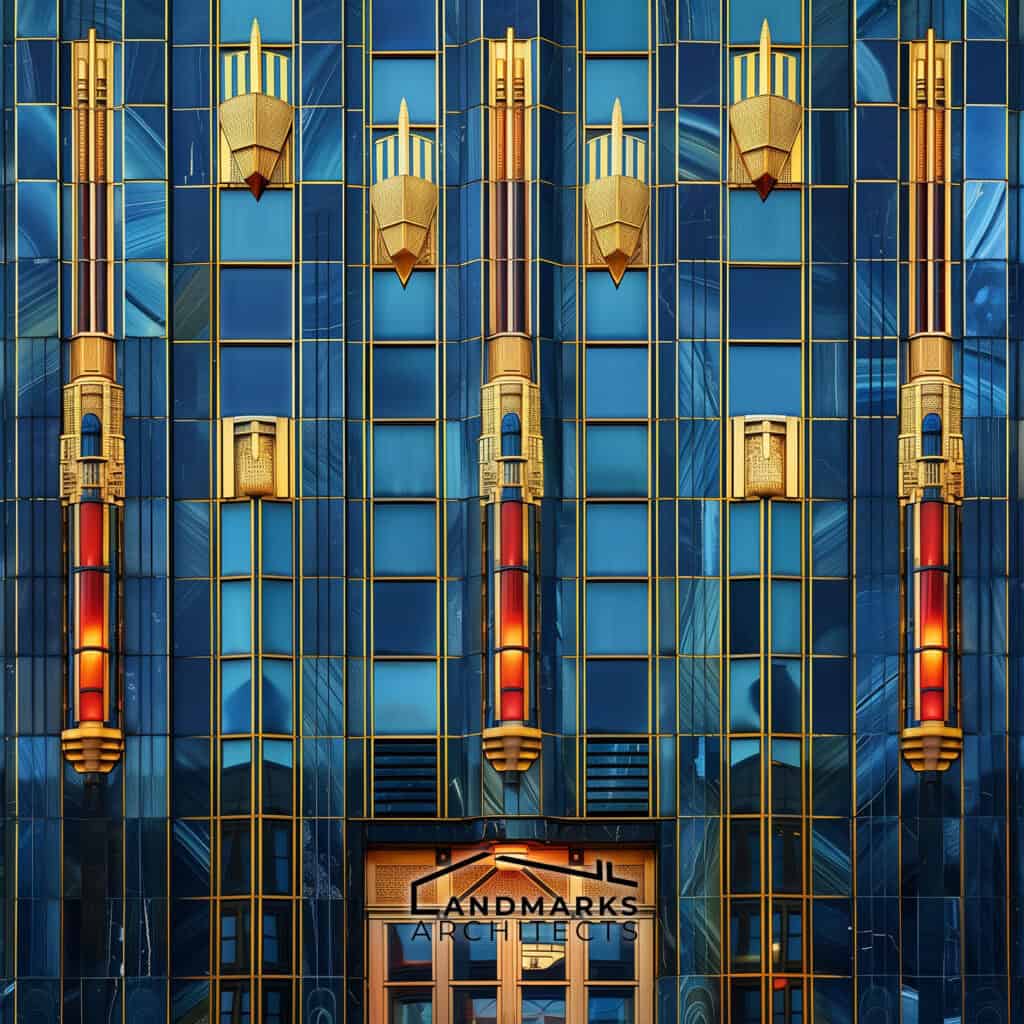
Lighting is intricately tied to design, with features often illuminated to enhance architectural lines and details. Consideration of natural light is paramount, ensuring that interiors are both inviting and dramatic.
Notable Examples of Art Deco Architecture
- Chrysler Building: Renowned for its striking spire and intricate metalwork, this skyscraper is a prime example of the Art Deco movement in New York City.

- Empire State Building: This legendary skyscraper combines Art Deco elegance with towering height, reflecting the aspirations of the era.
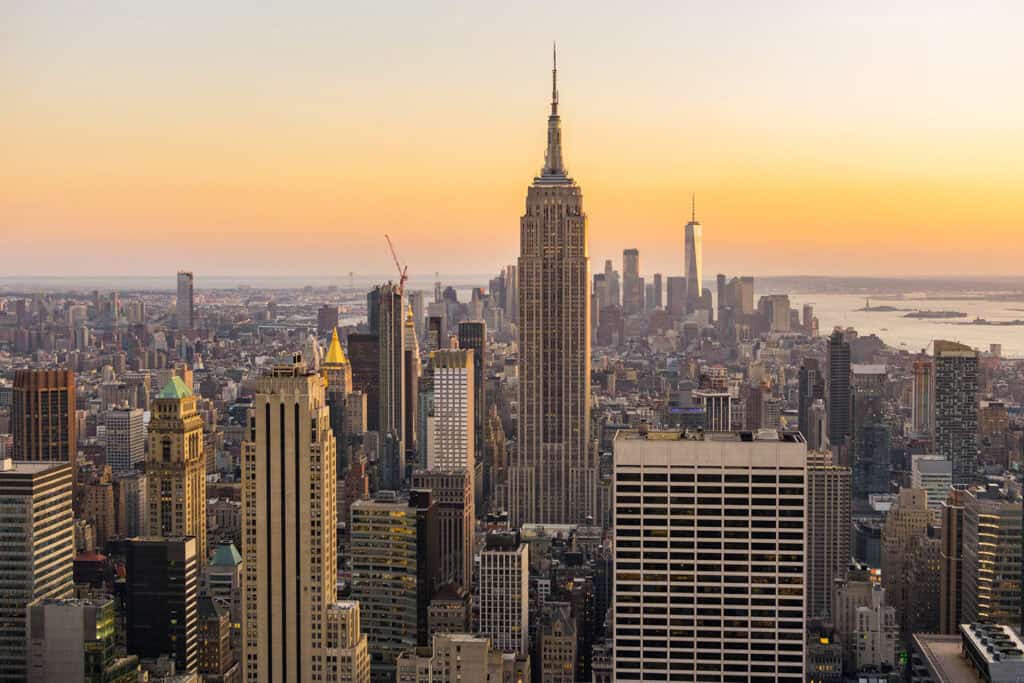
- American Radiator Building: Known for its dark brick and gold accents, it exemplifies the use of materials and geometric designs typical of Art Deco.

- Radio City Music Hall: This entertainment venue features bold colors and ornate interior details, highlighting the decorative elements of the style.

See also: Best Cities for Architecture in the USA: 9 Cities to Explore
What is the Art Deco Style in Architecture? A Recap
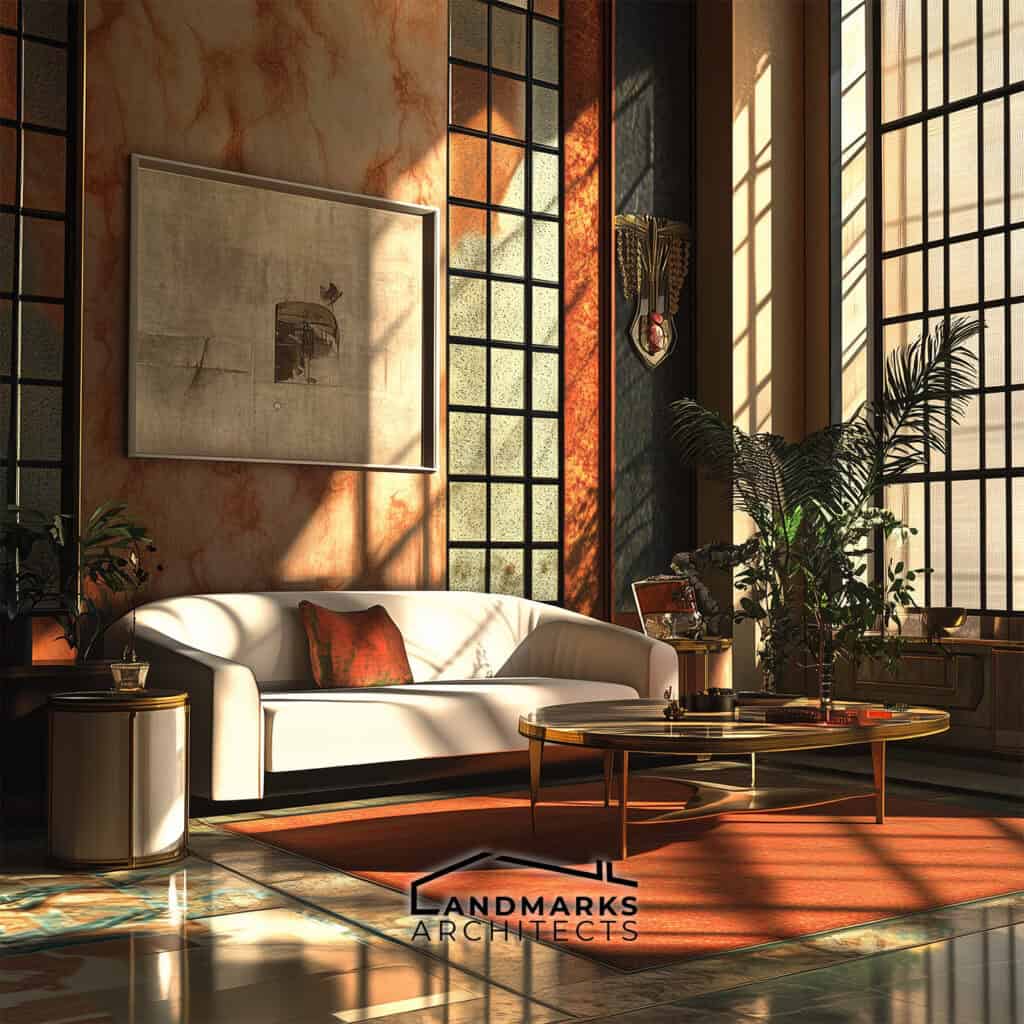
Art Deco stands as a vital architectural style that emerged in the early 20th century. Known for its distinct features, it has significantly influenced urban landscapes and modern design.
Key characteristics include:
- Geometric Shapes
- Luxurious Materials
- Bold Ornamentation
Art Deco buildings such as the Chrysler Building and the Empire State Building not only exemplify the distinctive Art Deco style architecture but also reflect the aspirations and technological advancements of their era.
Moreover, Art Deco-inspired architecture continues to shape contemporary design, blending decorative artistry with streamlined functionality. Its timeless appeal continues to inspire modern architectural styles and designers alike.









